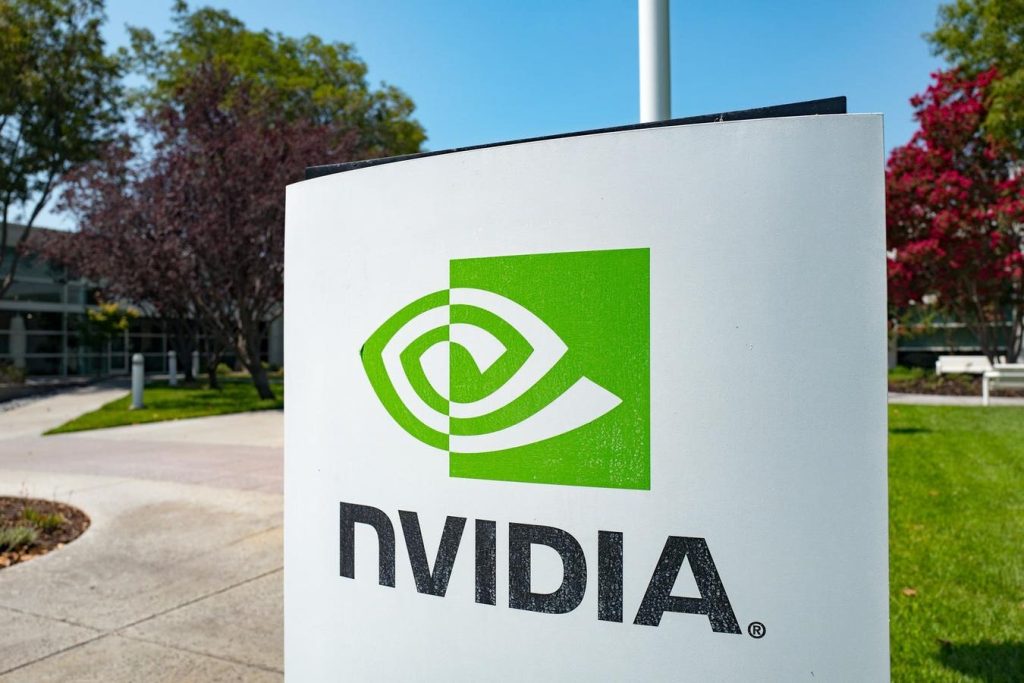Nvidia’s remarkable stock performance in 2024, nearly tripling to $135 per share, was fueled by the explosive demand for its GPUs, which became essential for generative AI. However, recent investor attention has shifted towards Application-Specific Integrated Circuits (ASICs) as a potential competitor in the AI computing arena. Companies like Broadcom and Marvell Technology have reported surging demand for their ASICs from major cloud clients, raising questions about Nvidia’s long-term dominance. While Nvidia’s revenue remains significantly higher, projected at $129 billion this fiscal year, its growth is decelerating, prompting speculation about the role ASICs might play in the evolving AI landscape.
ASICs, while not new, have gained renewed relevance in the AI era. Unlike versatile GPUs, which can handle a range of tasks, ASICs are custom-designed for specific operations. This specialization offers several advantages, including cost-effectiveness, lower power consumption, and higher performance for dedicated tasks. These benefits are particularly appealing to large cloud computing providers, who can justify the design and development expenses of ASICs due to their massive scale of operations. Broadcom, a major player in the ASIC market, recently indicated that three of its hyperscale customers are planning to deploy clusters of 1 million custom ASIC chips across single networks, illustrating the growing interest in this technology.
The AI landscape itself is also undergoing a transformation that favors ASICs. The initial phase of AI development, focused on training massive models, heavily relied on Nvidia’s high-performance GPUs. However, as these models mature, incremental performance gains are diminishing and data availability for training is becoming a bottleneck. This shift suggests a potential decrease in demand for the computationally intensive training process, which has been Nvidia’s stronghold. With shareholders seeking better returns, the focus may turn towards cost reduction, both upfront and operational, making ASICs an attractive alternative.
The AI focus is now transitioning to inference, where trained models are applied to real-world applications. This phase requires less computational power, creating opportunities for alternative, less powerful processors. ASICs, customized for specific inference tasks, are well-suited for this stage of AI development. This transition mirrors trends seen in other industries, such as cryptocurrency mining, where initial reliance on GPUs eventually gave way to the adoption of more cost-effective and efficient ASICs by larger players.
While the rise of ASICs poses a potential challenge to Nvidia’s dominance, it is unlikely to completely displace the company. Nvidia possesses a significant head start in the AI market, fortified by its established CUDA software ecosystem and development tools, which create high switching costs for customers. Furthermore, Nvidia has the capacity to adapt and potentially expand its presence in the ASIC market should it become a dominant force. Nevertheless, Nvidia’s current premium valuation may not fully reflect the potential risks and slowing growth associated with increased competition from ASICs. A more realistic valuation, considering these factors, might be significantly lower than the current market price.
The increasing adoption of ASICs underscores the evolving nature of the AI hardware landscape. While Nvidia currently holds a commanding position, the emergence of ASICs as a viable alternative for specific AI workloads, particularly inference, warrants careful consideration. The cost-effectiveness, lower power consumption, and potential for higher performance in dedicated tasks make ASICs an attractive option for large-scale deployments. This trend highlights the importance of closely monitoring the competitive dynamics and technological advancements in the AI hardware sector. As the AI market continues to mature, the interplay between GPUs and ASICs will likely shape the future of AI computing.

